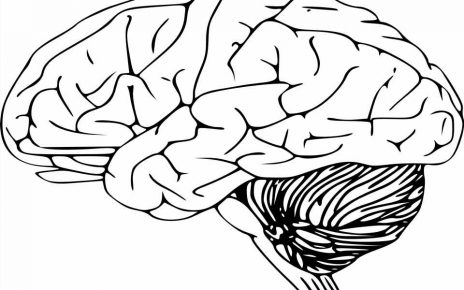If you’ve ever suspected there’s a connection between your migraine attacks and the weather, you are not imagining things. The migraine-weather connection is real. Whether you’re sensitive to heat, cold, dry air, humid air or changes in barometric pressure, the weather works like any other trigger in that it makes certain people more susceptible to a migraine attack.
“A good way to think about any migraine trigger is it lowers your threshold,” says Merle L. Diamond, MD, president and managing director of the Diamond Headache Clinic and board member of the National Headache Foundation. “People with migraine have sort of a threshold at which point their migraine happens. It might simply be a change in barometric pressure or a change in barometric pressure as well as skipping a meal.”
Changes in Barometric Pressure
Also known as a change in atmospheric pressure, this can happen when the weather fluctuates either because a storm is approaching or the seasons are changing. The change in pressure can disturb the equilibrium in your sinuses, which are really just pockets of air, and that is what can trigger the migraine attack. There’s also evidence changing weather can create an imbalance in serotonin levels, which can narrow blood vessels throughout the body and trigger an attack.
Barometric pressure is one of the most commonly reported weather-related migraine triggers, and it can leave those who experience it feeling like their own personal weather channel. “One to two days before a storm or significant weather change, I start to get what many migraine sufferers refer to as an ‘aura.’ Basically, my vision starts to get fuzzy as well as my head,” says Lauren Mims. “As the pressure change gets more intense, so does my migraine. Depending on the weather event, usually the migraine will start to break after the storm hits. For example, if there’s a lot of pressure because it’s trying to rain, I’ll continue having a mid-high grade migraine until the storm breaks or it rains.”
Considering storms can be such a trigger, many people are tempted to move to a location with fewer of them. “People always ask me ‘Should I moved to Arizona?’ because it has a more stable environment in terms of weather changes,” says Dr. Diamond. “But even Arizona has winter storms, so there’s no place you can really escape changes in barometric pressure completely.”
Other Weather-Related Migraine Attacks
Weather does not have to be as dramatic as an approaching storm to be a migraine trigger. Extreme heat or cold as well as high humidity, dry air, wind, and even sun glares can be triggers. It’s not entirely known why they trigger migraine attacks, but what is increasingly apparent is that for many people they do.
“Recent research indicates there may be a correlation between heat and migraines,” says Dr. Jonathan Cabin of The Migraine Institute. He points to one study that found 62 percent of participants were sensitive to weather conditions, with 34 percent of study participants sensitive to absolute temperature and humidity and 14 percent sensitive to changing weather patterns. “To date, there is no research that actually confirms there is a correlation between heat and migraines, but researchers continue to investigate the potential link. Additional studies are necessary to verify if heat can actually cause migraine symptoms.
While it’s clear more research needs to be done, Dr. Diamond says she is more interested in what her patients report. “Some studies say there is a connection, and some say there isn’t. My clinical impression, which I think is what is most important, is weather is a significant issue for our patients.”
Additional reporting by Candace Young.
A version of this article was published in April 2012.
Source: Read Full Article



